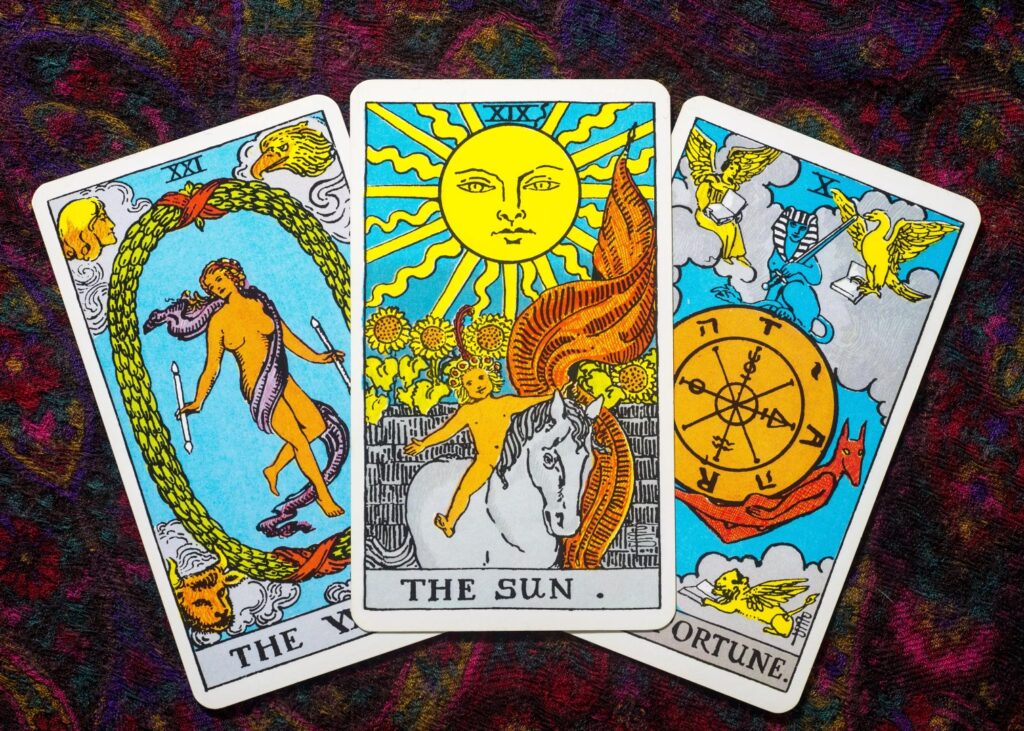World Tarot Day, conceived by Den Elder, a renowned Tarot Grandmaster, author, and founder of The Church of Tarot, has been celebrated every May 25th since its inception in 2003. This day is increasingly recognized worldwide, with growing enthusiasm and more elaborate celebrations each year.
In honor of World Tarot Day, we will try to clarify and debunk three widespread myths about tarot cards.
Myth #1: Strict Rules Govern Tarot Reading
Contrary to popular belief, there is no single correct method for reading tarot cards. The practice is rich in varied techniques, strategies, and traditions. Learning to read tarot cards is a personal journey that evolves with time and practice, free from any secret rulebook or exclusive club.
Myth #2: Your First Tarot Deck Must Be a Gift
The origin of this myth is unclear, but it’s widely accepted that there’s nothing wrong with buying your own tarot deck. In fact, personal preference in the style and artwork of a tarot deck is crucial for a meaningful and effective practice. Shuffled Ink recognizes this importance, offering a variety of design options, vivid colors, and quality cardstocks to ensure your custom deck is not only aesthetically pleasing but also deeply resonant with your practice.

Myth #3: Tarot Is Solely for Predicting the Future
Tarot cards are not solely tools for future prediction. While some people use tarot for divination, opinions vary on the source of the cards’ divinatory power. More than foretelling the future, tarot cards are used for spiritual guidance, personal insight, and understanding present situations. They represent one of many potential futures, not an absolute outcome. Each tarot card carries both positive and negative interpretations, emphasizing the complexity and nuance of the readings.
Myth #4: Tarot Readings Are Always Accurate
No tarot reading can claim absolute accuracy. The interpretations are subjective and open to various perspectives. The power lies in using readings as a guide, acknowledging personal agency in shaping one’s future.
Myth #5: Tarot Cards Possess Inherent Magic
A common misconception is that tarot cards themselves are magical. In truth, they are mere instruments made of ink and paper. The true ‘magic’ of tarot lies in the interpretation and understanding of the reader.
Myth #6: There Are Good and Bad Cards
The notion of ‘good’ or ‘bad’ cards in tarot is misleading. Every card, including those with seemingly ominous names like Death or the Devil, carries a range of meanings and connotations, none inherently negative or positive.
Myth #7: Readers Must Adhere to Specific Rituals
Many believe in strict rituals for handling tarot cards, such as using the left hand to spread the deck or wrapping the cards in silk. However, these are mere superstitions. The effectiveness of tarot reading depends on the reader’s connection and understanding, not on external rituals.
Myth #8: The Death Card Foretells Actual Death
The Death card in tarot is often misunderstood as a literal omen of death. In reality, it symbolizes transformation, the end of one phase and the beginning of another, and is not an indicator of physical demise.
Tarot’s versatility is evident in its diverse applications, spanning spiritual practices and non-religious inspirations alike.


